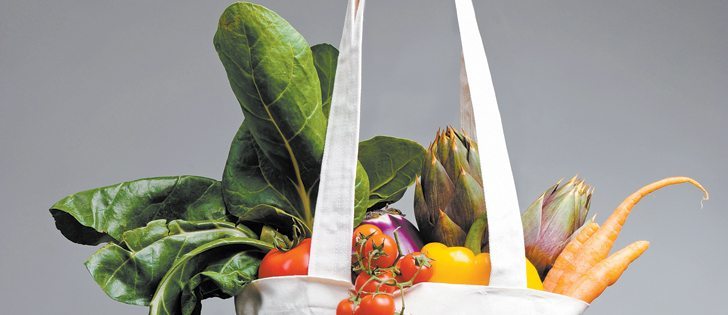PARIS, France (Reuters) — World food prices rose in October to an 18-month high as vegetable oil led increases seen in most food staples, United Nations’ data shows.
A price index compiled by the UN’s Food and Agriculture Organization to track the most globally traded food commodities increased to 127.4 points last month, up two per cent from a revised 124.9 points in September.
That put the index up 5.5 per cent from a year ago and marked its highest since April 2023, though it was 20.5 per cent below a record from March 2022 reached after Russia’s invasion of Ukraine, the data showed.
Read Also

VIDEO: Bittersweet harvest for this family farmhand
Bruce Burnett helps his brother harvest wheat and canola for the last time on the family farm in Manitoba where they both grew up.
Prices of all categories rose apart from meat, with vegetable oil jumping more than seven per cent from the previous month, supported by concerns over palm oil production, the FAO said.
The overall index extended gains from September, when it had reached its highest since July 2023 on the back of surging sugar prices.
Persisting concerns over the 2024-25 production outlook in Brazil supported a more moderate increase for sugar prices in October when they advanced 2.6 per cent, the FAO said.
Cereal prices edged up 0.8 per cent from September.
Wheat rose amid concerns over Northern Hemisphere planting conditions and following the introduction of an unofficial Russian export price floor, while corn was also higher, the FAO said.
Dairy prices rose nearly two per cent, supported by cheese and butter, which both faced strong demand and limited available supply, the agency said.
Overall meat prices edged down 0.3 per cent. Pork saw the sharpest decline while poultry tracked lower, in contrast to beef that rose on the back of increased international demand.
In a separate cereal report, the FAO trimmed its forecast for global cereal production in 2024 to 2.848 billion tonnes from 2.853 billion projected a month ago.
The revision left expected output down 0.4 per cent from the previous year, but it remained the second-largest level on record.

















